This feud between Apple vs Elon Musk and T-Mobile might decide how your iPhone works off the grid

Image credit — ANIRUDH on Unsplash
Elon Musk, on the other hand, has his own plans. Through SpaceX’s Starlink, Musk has launched over 5,000 satellites, including more than 550 that can directly connect with phones. Starlink is teaming up with T-Mobile to roll out its own satellite texting service, coming this summer—and yes, it’ll work with newer iPhones too. But according to a new report by The Wall Street Journal (paywalled), it wasn’t easy to get to that point and for Apple to play along.
Apple and Musk: friends, rivals, and everything in between
The relationship between these two giants is... well, complicated. Apple keeps a tight grip on how features show up on the iPhone, so any outside service—especially something as ambitious as Starlink—needs Apple’s blessing to function smoothly. That led to some tense talks between the companies, but in the end, Apple agreed to let the Starlink/T-Mobile service integrate into iPhones.
T-Mobile satellite messaging on iPhones. | Image credit — Apple
However, according to the source, behind the scenes SpaceX has been pushing U.S. regulators to block Apple’s satellite expansion plans. In one filing, SpaceX even claimed the frequencies used by Globalstar (Apple’s partner) aren’t being used efficiently—essentially accusing them of hogging spectrum space.
Yet, in a twist of irony, it’s still SpaceX that launches the satellites Globalstar uses for Apple’s services.

Starlink satellite train visible in the early morning sky. | Image credit — Forest Katsch/Unsplash
Why this matters now
Both companies are racing to cover the gaps where traditional cellular networks don’t reach. The iPhone’s current satellite features are already being credited with saving lives in emergencies, but Apple wants to go further. Meanwhile, Starlink’s direct-to-device service promises always-on texting from just about anywhere—something that could be a game-changer for travelers, hikers, or anyone off the grid.But here’s the kicker: Apple reportedly explored deals with other satellite providers too, like EchoStar and even Boeing, in case Globalstar couldn’t keep up. None of those partnerships have materialized yet, but it shows how serious Apple is about owning this space—literally.
If Apple can expand its own system, it stays in control. If not, future iPhones might rely more on services like Starlink—which puts some of that power in Musk’s hands. For now, it sounds like Apple and SpaceX are walking a fine line between cooperation and competition. And while most of us just want our phones to work no matter where we are, the behind-the-scenes moves between these two giants could shape how we all stay connected in the years to come.


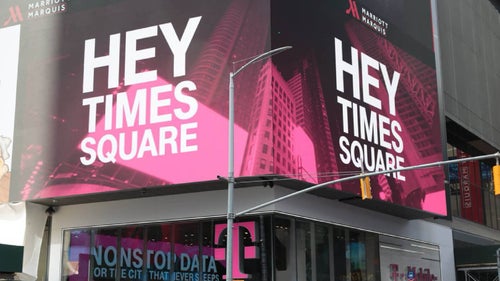
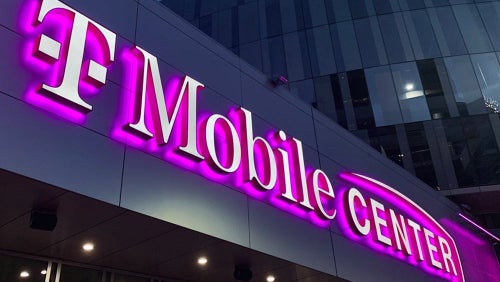

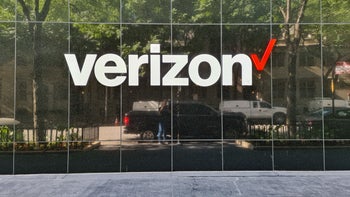
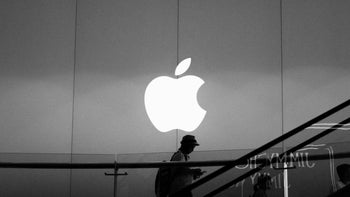
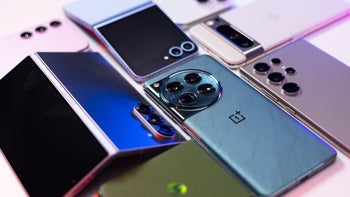
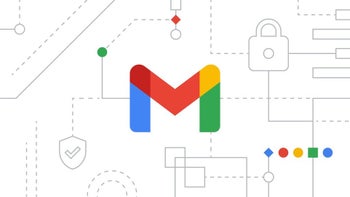

Things that are NOT allowed: